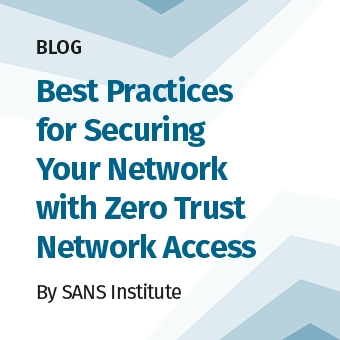Tags:
Make security easy on users to reduce risk.
Following up on my previous blog on the Human Element theme of this year’s 2020 RSA conference, organizations need to examine the usability of their security to enable their workers.
Technology is built to make workers productive by linking them to the resources they need with the click of a keystroke.
User-Centered
Digital transformation is pushing developers to connect more and more systems and resources between businesses, users, buyers, sellers, service providers, etc. at breakneck speed. While developers make the user experience easier and more interactive with each new iteration of their technology, they are also putting users at risk all while making security harder for users to follow.
One common result is that users now fall for phishing across their accounts and devices.
Users must now be able to identify increasingly complex, highly targeted phishing, ransomware, ABA bank transfer scams and other convincing attacks hitting their email, SMS and browsers. Why are these lures still getting to the users’ systems after more than two decades of building, buying and selling add-in security to protect the email, OS, browser layers and beyond?
“User-centered design is really critical to security. You need a design that takes the burden off the user,” says Julie Haney, a computer scientist and researcher with the NIST Usable Cybersecurity project. “You need to identify who the users will be from the beginning of a project, how they are going to use the application, their challenges and needs, and build that in from beginning.”
Users are also essentially being tracked by advertisers for almost everything they do online, and most of them know this and share their information for the services being offered, adds Mary Frances Theofanos, also a computer scientist with the NIST Usable Cybersecurity project.
Security Fatigue
According to a NIST report, users run in two categories. The report identified a small group, the “security expert group,” that is truly paranoid and doesn’t trust anything online. The other, larger group is made up of more general users who lack security knowledge. These users trust too much and also experience “security fatigue.”
Password-based access is one of the largest areas of user fatigue, says Theofanos. This is one reason the Usable Cybersecurity team started its work with password studies within federal agencies.
“The average number of passwords employees had to do their jobs was 8 or 9. For administrators, that number was 50 to 60 passwords,” she continues.
That makes things like password rotation policies extremely difficult for users, while causing more vulnerabilities as users turn to reusing passwords they can remember from other accounts. This phenomena is explained in another SANS blog on the risks caused by password rotation policies.
As a result, NIST SP 800-63, Digital Identity Guidelines (2017), recommends two-factor authentication as a way to improve security and reduce password burden. Government agencies then introduced a PIV (personal identification verification) card, and CAC (Common Access Card). These cards authenticate users to their physical and cyber assets with just one easy-to-remember PIN.
Study the User
As these access systems were widely adopted, the agencies deploying them ran into a usability problem: users getting locked out of their buildings because they left their cards in their computers. There were other inconveniences, too. If users removed the cards, their systems locked out, they had to re-authenticate into them again no matter how short the time away. And initially, the cards also made it impossible to work with two computing devices at the same time.
“That was the big aha moment for us when studying user behavior and how they interacted with their cards,” Theofanos explains. “Those unanticipated use scenarios are a big problem with security.”
Now, she says, the cards are vastly more usable, with longer lockout wait times, and they can be deployed on more than one system at a time based on job requirements.
A small drop in a very large pool. But it’s a good lesson for any organization building user-facing technologies and security to protect against user-induced risk.




